231 SACD / Wolfgang Amadeus Mozart: Violin Concertos KV 207 & KV 219
Description
You can imagine already when listening in stereo: The orchester including the soloist sits in a big circle around the microphones. Of course the multi-channel version in TACET Real Surround Sound is much clearer. What a fun for all of the musicians! Gordan Nikolić, soloist and leader of the recording, infects everyone. He feels entirely at home with Mozart and he has a love for the crazy things in the music. While in the fast movements climbing and clambering around on the strings like a child at the playground in the slow ones he caresses his violin like... – a cuddly?
Please also watch this video in our Youtube-Channel (click here)
4 reviews for 231 SACD / Wolfgang Amadeus Mozart: Violin Concertos KV 207 & KV 219
You must be logged in to post a review.

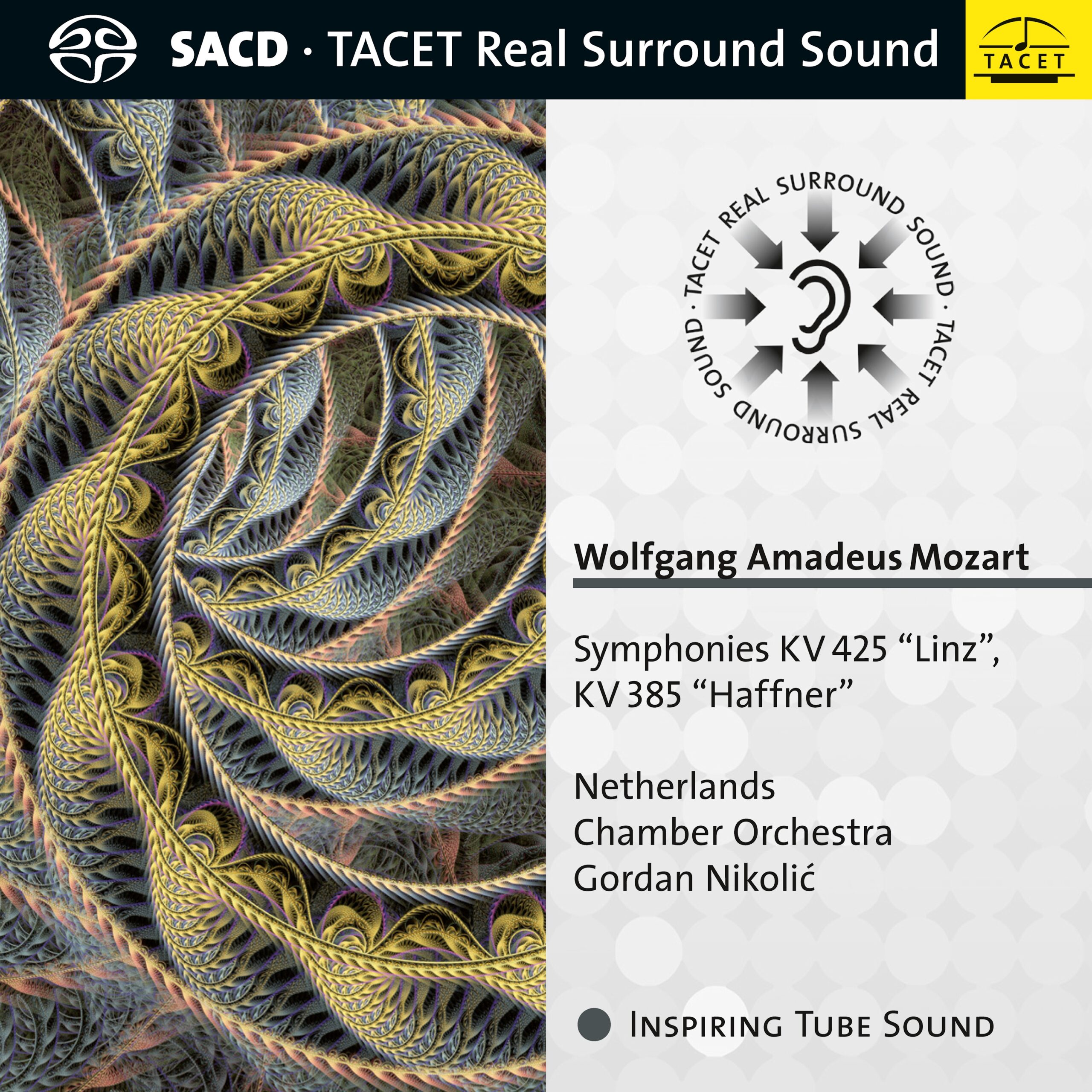
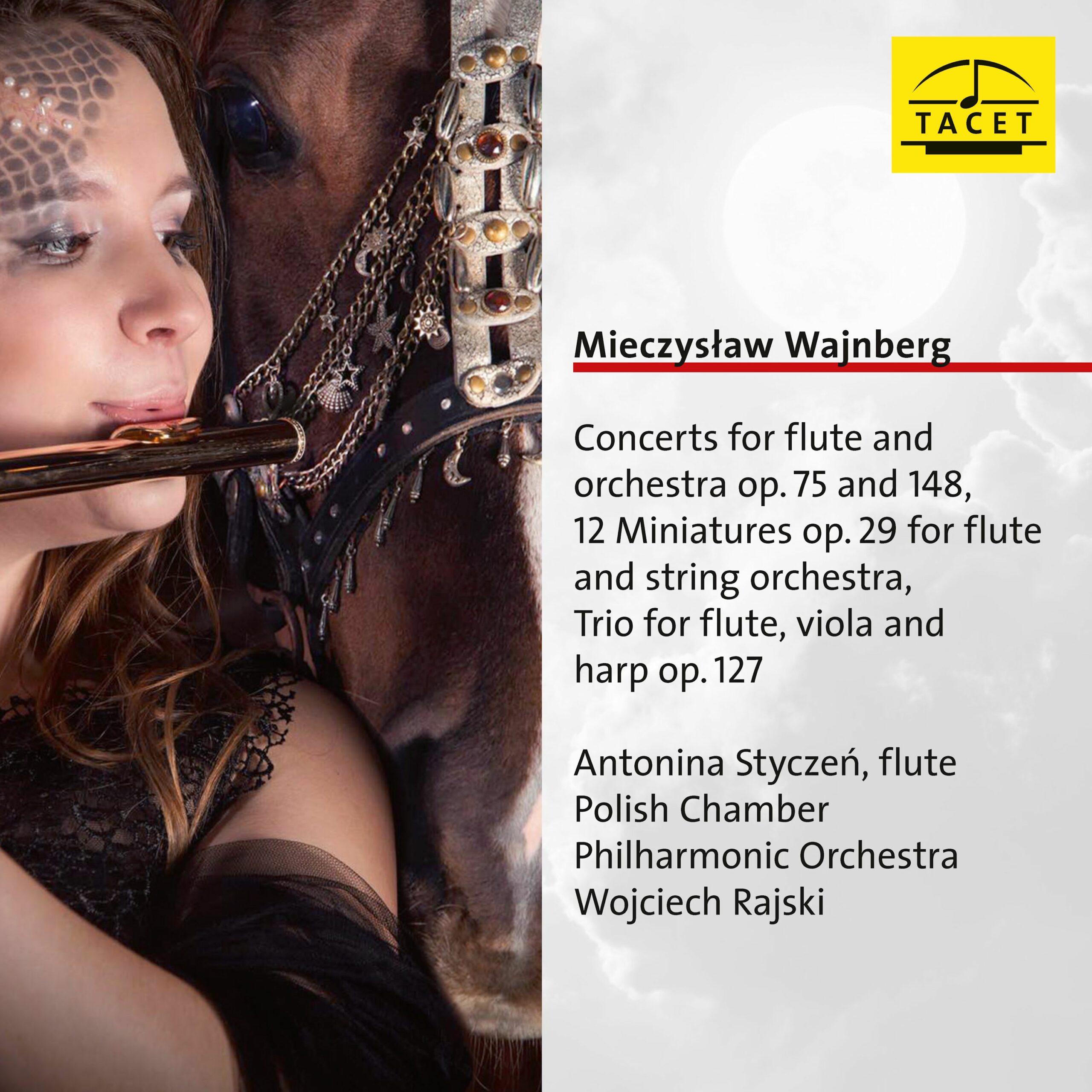
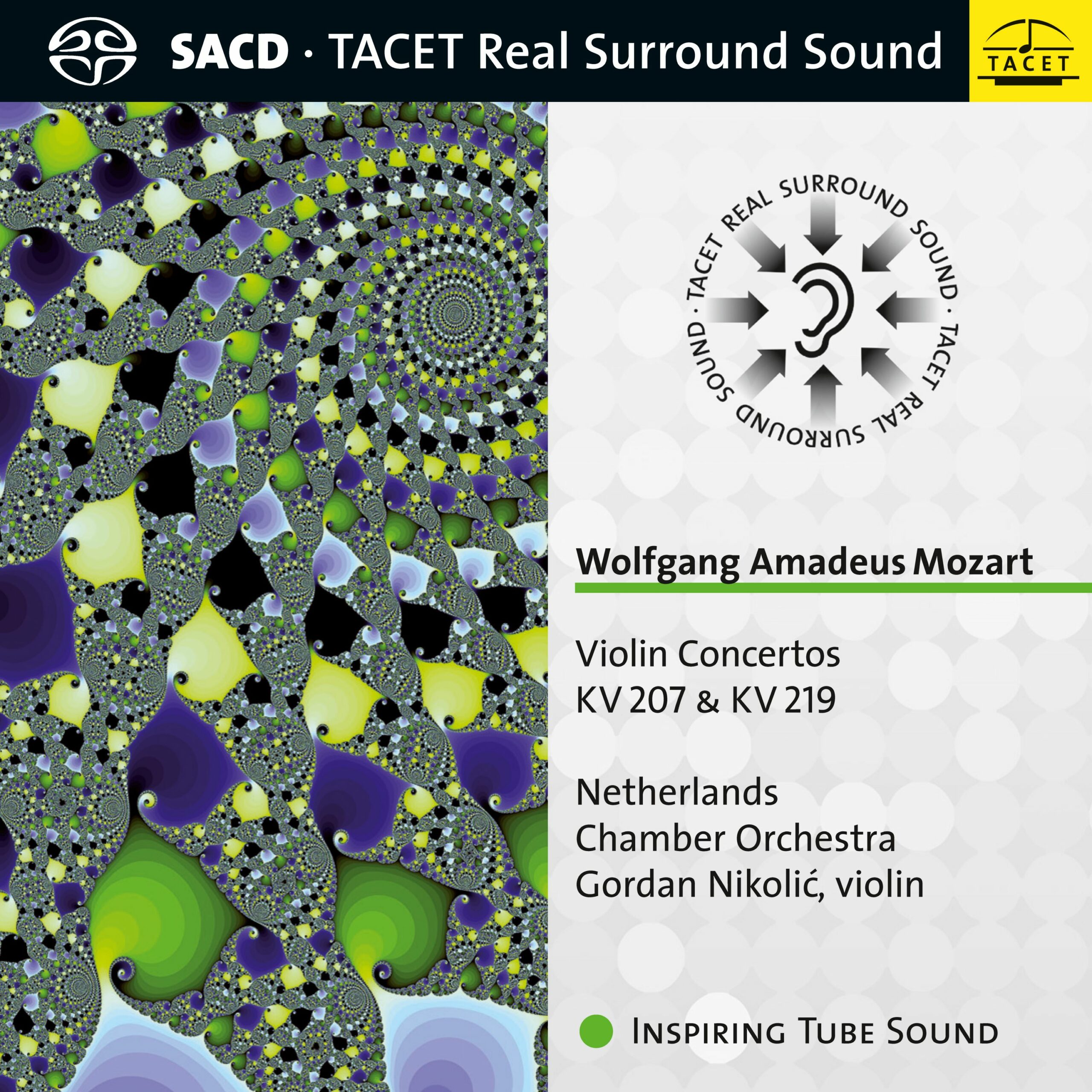
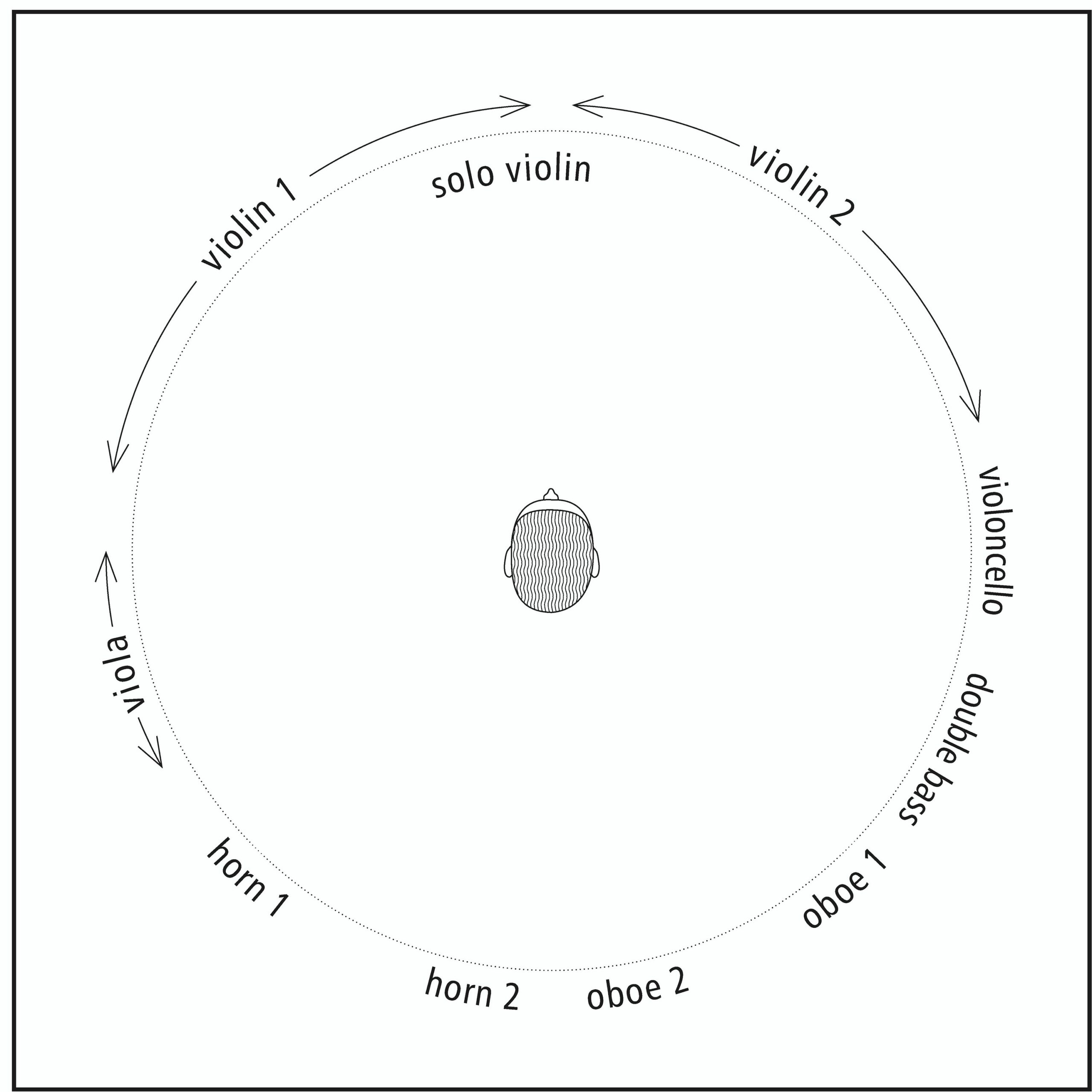
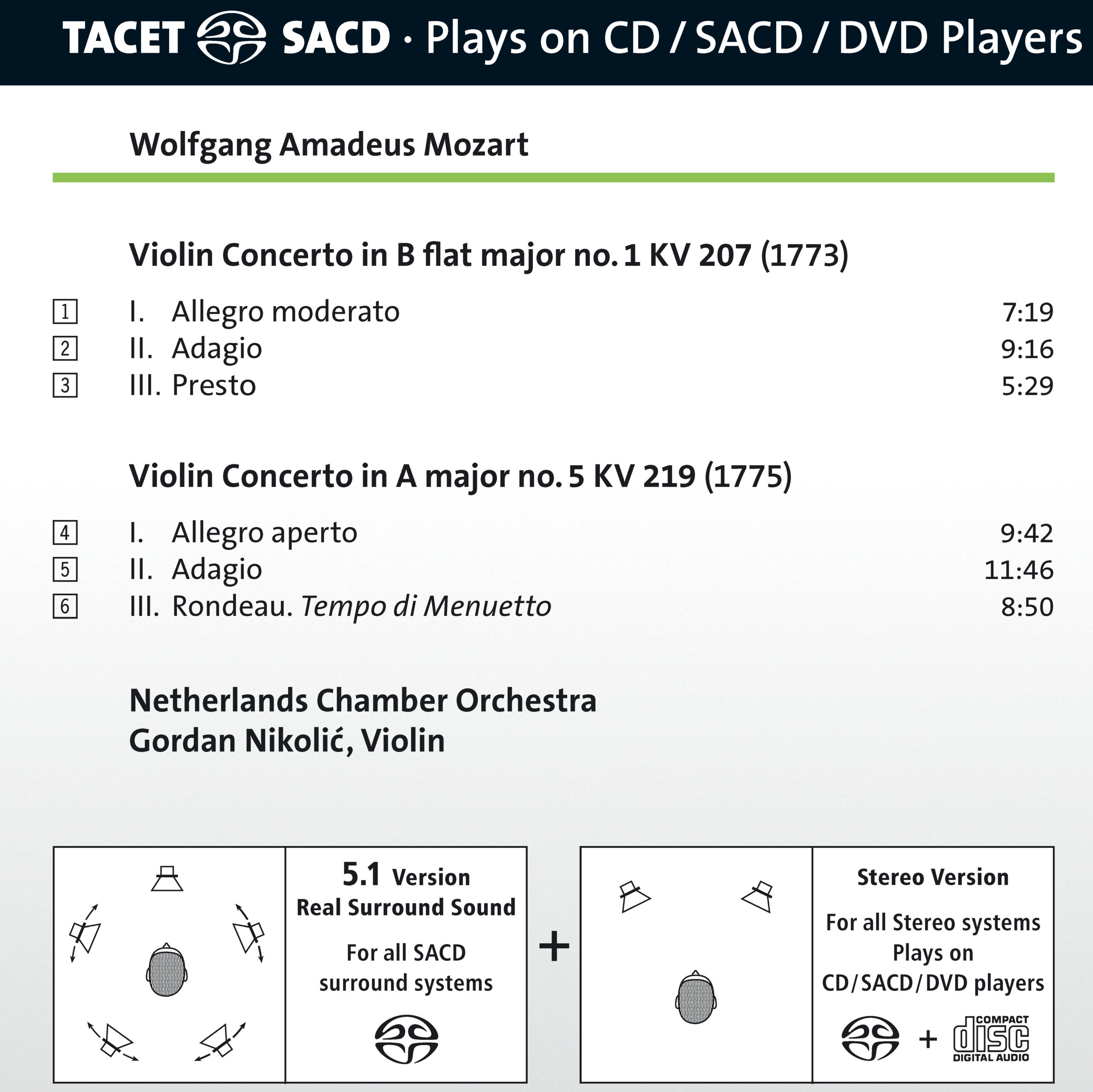


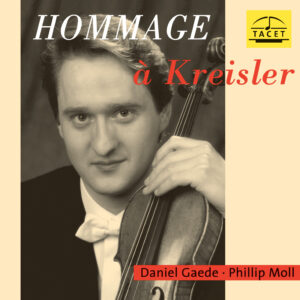
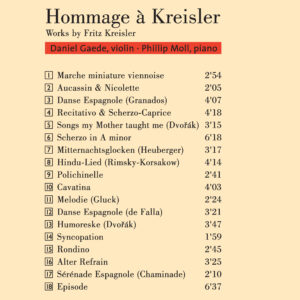
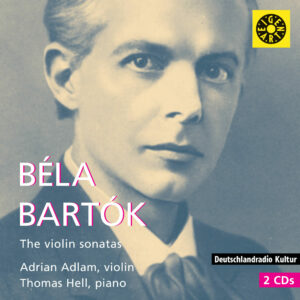
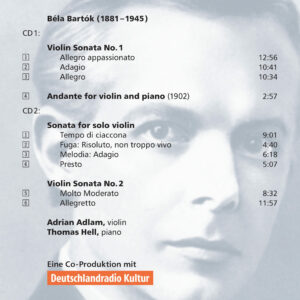
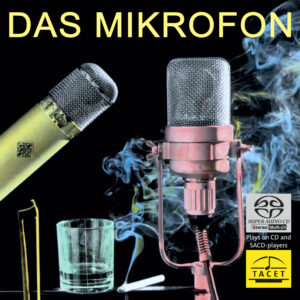
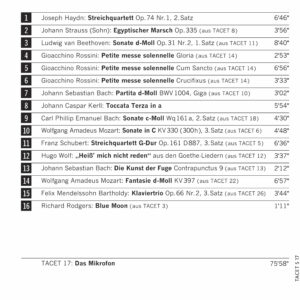
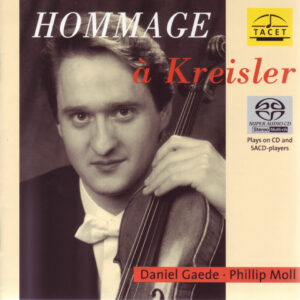
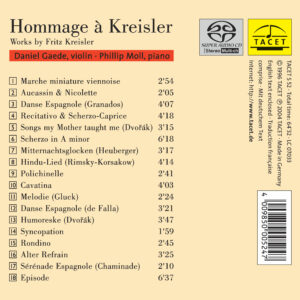
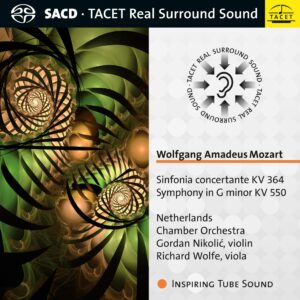
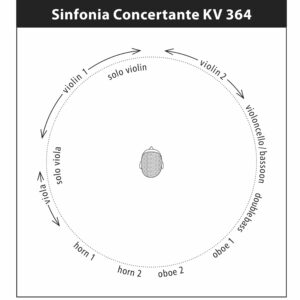
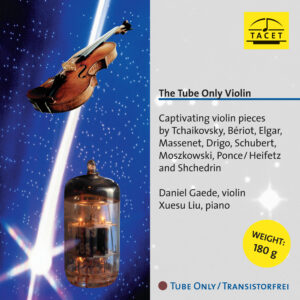
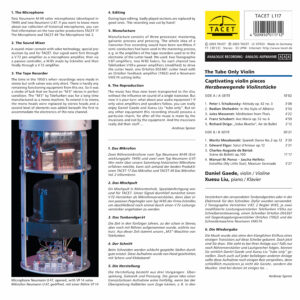
Klassik heute –
--> original review
Wolfgang Amadeus Mozart's violin concertos are undoubtedly part of every violinist's core repertoire. In terms of sound, they should have been adequately documented and yet the Nederlands Kamerorkest manages to bring these works to life here fresh and as if new. You make music in a relaxed and tense way: a special feature of this recording is the surround recording technique, in which the orchestra sits in a circle around the microphones. On the one hand, this enables a spatial sound image because the listener - assuming the appropriate playback technology - imagines themselves sitting in the middle of the musicians. On the other hand, the special seating arrangement, which cannot be assigned to any particular tradition or school, but was chosen solely for acoustic-musical reasons, gives the musicians a completely new feeling of playing. They don't sit behind each other, but rather in a circle next to each other, which allows for better visual and hearing control.
This is hardly possible in a concert with the audience facing you, but here the microphones are the audience. You can clearly hear the consequences of this seating arrangement. The orchestra playing music together seems incredibly relaxed, relaxed and at the same time on the ball. Here, work is not carried out according to the rules, but every bar is played with new freshness. And this is completely relaxed and casual, but always precise and with musical charm. The sound is also lucid and balanced – even if you “only” hear it in stereo. It is rare to hear an orchestra so harmonious, balanced and at the same time extremely transparent in terms of sound. The orchestra always offers the soloist Gordan Nikolič a solid foundation, which he uses confidently. A straightforward tone and excellent technique are paired with a musical, sometimes slightly precious style, as shown by the very differentiated Adagio in the B minor Concerto (KV 207). But fluency and virtuosity are also not neglected - for example in the extremely lively finale of the A major concerto (KV 219).
Guido Krawinkel
Journal Frankfurt 11/2019 –
Wolfgang Amadeus Mozart's violin concertos are part of every violinist's standard repertoire. It's all the more pleasing when a recording is released again that is as fresh in terms of interpretation and exemplary in terms of sound technology as the one by Gordan Nikolić and the Netherlands Chamber Orchestra with concerts nos. 1 and 3 - without any great airs, straightforward and easy to listen to.
cru
Audio 12/2019 –
Mozart made an enormous development between 1773 and 1775, which can be heard in the first and fifth violin concertos. With the Nederlands Kamerorkest, which has led since 2004, Kantorow student Gordan Nikolic has dedicated the same editorial, sound and musical devotion to both concerts; he elicits great richness of sound from his Lorenzini violin from 1770. The dynamic fine work is striking, the delicate treatment of the brass voices is overwhelming. The often ironed-out finale of the first concerto gains in color, the middle movement of the fifth almost an additional dimension of depth. Tacet sound engineer Andreas Spreer produced this recording in “Real Surround,” with the small orchestra sitting around the main microphones. But the stereo DSD track also captures audiophile and musical Mozart fans.
Lothar Brandt
Audio 12/2019
Pizzicato –
--> original review
At first everything seems to point to another random recording of Mozart's first and fifth violin concertos. And then things turn out completely differently.
The special thing about this interpretation is that the solo voice is so reserved and finely drawn. Actually, nothing new is offered in terms of interpretation. But I really like the way Nikolic approaches his part. Normally a soloist rises above the tutti with a clearly raised tone and floats in his own sphere. Here, however, Nikolic remains in the orchestra with almost delicate playing and elegant leadership. The solo voice can be heard clearly and yet is also integrated into the sound. I have never heard of such an unpretentious approach that shines with fantastic technical elegance. This stands out because of not standing out.
The Dutch Chamber Orchestra, whose concertmaster is Nikolic, acts with lively charm and fine technique and supports its concertmaster in the solo. This highly exciting recording is rounded off by the fantastic technical realization.
Uwe Krusch